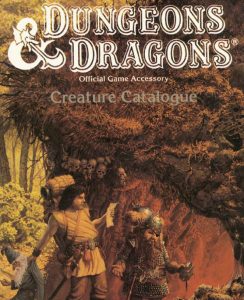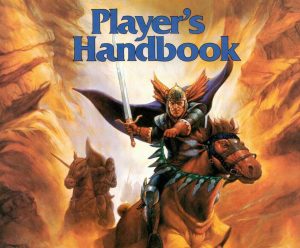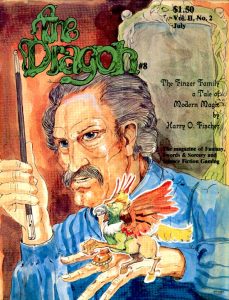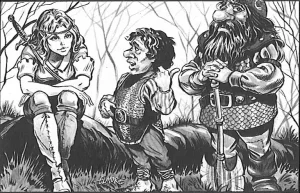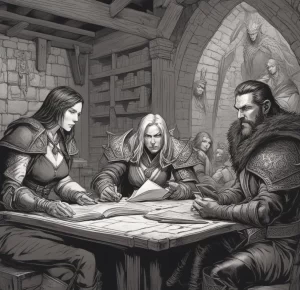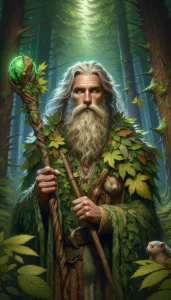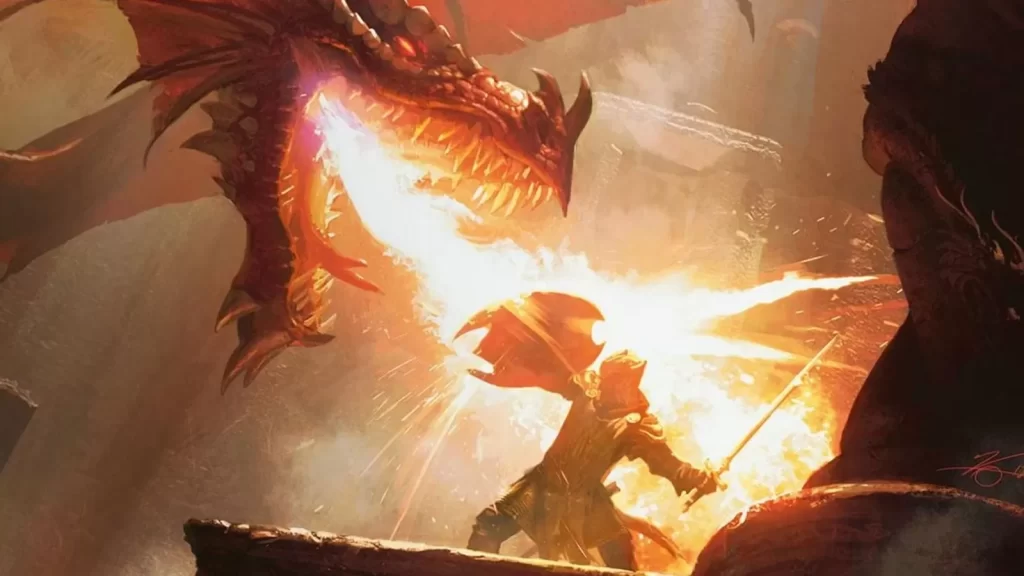
In the vast and captivating universe of Dungeons & Dragons (D&D), dragons hold a special place. These majestic, powerful, and often fearsome creatures are more than mere adversaries or allies; they're intrinsic to the game's lore, name, and appeal. An exploration of the dragon species in D&D reveals an awe-inspiring range of diversity, embodying various elements, alignments, and characteristics.
In broad strokes, dragons in D&D are divided into two primary categories: Chromatic Dragons and Metallic Dragons. Each category represents a different alignment and philosophy, reflecting the dualism that pervades the game's morality.
Chromatic Dragons, as their name suggests, are associated with different colors, each color signifying a different type. These dragons are generally evil in alignment. The five main types of Chromatic Dragons are Red, Blue, Green, Black, and White.
Red Dragons, the most covetous of the chromatics, are symbols of destruction and greed. They are typically Chaotic Evil, relishing in power and fear. Blue Dragons, on the other hand, are meticulous, orderly, and more likely to be Lawful Evil. They embody the harshness of the desert environments they prefer. Green Dragons are manipulative and deceptive, using their cunning in forest environments to their advantage. Black Dragons are malicious, sadistic creatures that inhabit swamps, while White Dragons, the most primal among chromatics, are at home in the coldest reaches of the world, embodying the relentless, savage fury of winter.
Metallic Dragons represent the other side of the coin. They're typically Good in alignment and are associated with various metals. The five key types are Gold, Silver, Bronze, Brass, and Copper.
Gold Dragons are the epitome of virtue and wisdom and are the most powerful of the Metallic Dragons. Silver Dragons are noble, altruistic, and often mingle with other races in their humanoid forms. Bronze Dragons are champions of justice, often intervening in mortal affairs to uphold their ideals. Brass Dragons are gregarious and love conversation, while Copper Dragons, with their love for riddles and pranks, are the most whimsical among their metallic counterparts.
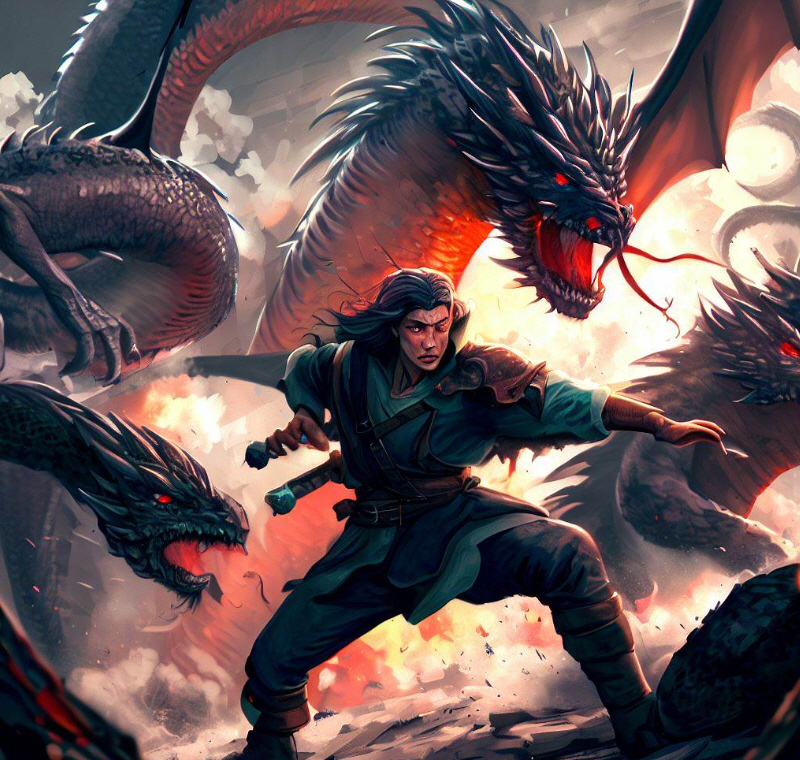
Beyond these ten primary types, D&D lore includes many more dragon varieties. The Shadow Dragon, imbued with the power of the Shadowfell, the gem dragons like Sapphire or Emerald Dragons associated with psionic power, the planar dragons like the Astral or Ethereal Dragons, and the ferocious Prismatic Dragon from the Epic Level Handbook, are among the other fascinating types.
Dragons also exhibit variation in age categories, evolving from wyrmlings to ancient dragons, each age bringing changes in power and size.
Then there are the Dracoliches, skeletal undead dragons resulting from a powerful ritual, and the Dragon Turtles, massive aquatic creatures with dragon-like characteristics.
Moreover, dragons have been further diversified in different D&D settings. For instance, Ravenloft introduced the Amber and the Song Dragons, while the Oriental Adventures setting added an array of Spirit Dragons, like the Forest Dragon or the Sea Dragon.
In D&D, the concept of dragons extends well beyond a single archetype, presenting a whole spectrum of fascinating, fearsome, and awe-inspiring creatures. The dragons of D&D offer an engaging blend of might, magic, and mystery, serving as an embodiment of the game's enduring allure and rich, immersive lore. Whether as adversaries to be defeated, allies to be befriended, or deities to be revered, dragons remain at the heart of D&D, as enthralling and captivating as the game itself.
